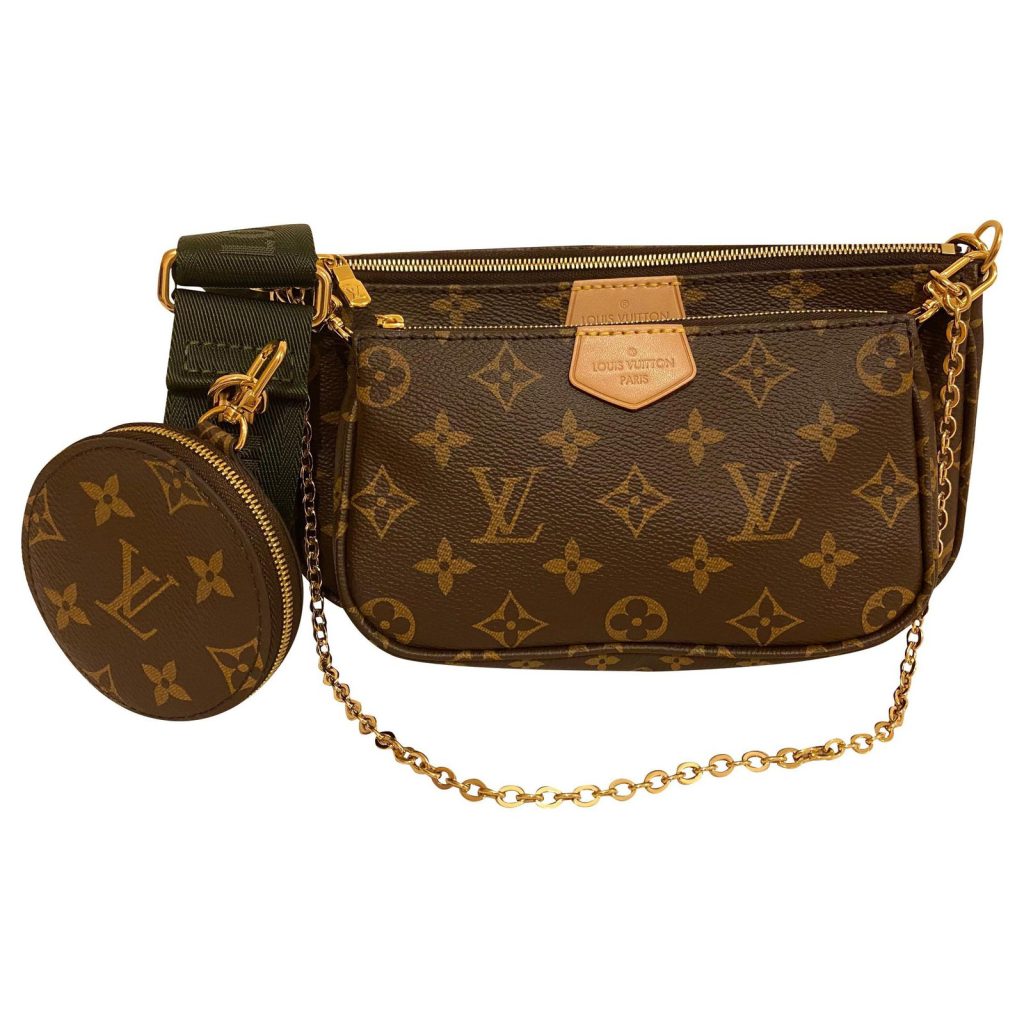Keywords: is it wrong of buying superfake bags, ethics of counterfeit fashion
Ideal for: Blogs, long-form SEO content, debate series, Instagram/TikTok carousels or Reels
Angle: Explore both sides—consumer freedom vs. intellectual property, labor ethics, brand culture
Introduction: The Gray Market of Modern Fashion
Designer handbags are more than accessories—they are symbols of wealth, taste, identity, and aspiration. But in an age where a Chanel Flap Bag costs over $10,000, not everyone can—or wants to—afford the real thing. Enter superfake bags, also known as 1:1 replicas or mirror-quality counterfeits.
These are not the poorly made knockoffs of the past. Today’s superfakes are built with real leather, accurate branding, and packaging nearly identical to their authentic counterparts. To the untrained eye, and often even to the trained one, they look the same.
But as superfakes grow in popularity, so does the ethical debate around them.
Is buying a superfake a personal choice—or a form of theft? Is it harmless fashion, or a contributor to global exploitation and intellectual property violations? The answer is more complex than it seems.

What Exactly Is a Superfake Bag?
A superfake bag is a high-quality replica of a luxury designer handbag. Unlike cheap fakes, superfakes:
- Use high-grade leather and hardware
- Mimic authentic size, stitching, and logo placement
- Include packaging, dust bags, and sometimes even serial numbers or authenticity cards
They are sold online via private sellers, forums, or messaging platforms, and typically range from $150 to $800—still far less than the thousands commanded by the originals.
Why People Buy Superfakes: The “Harmless” Side of the Argument
Let’s begin by examining the reasons why some consumers defend or justify buying fake designer bags.
1. The High Cost of Luxury Is Not Always Justified
Many buyers argue that designer handbags are massively marked up. While they may involve premium materials and craftsmanship, the profit margins are often enormous. Brands like Chanel, Hermès, and Louis Vuitton also limit supply and create artificial scarcity.
Some consumers feel that they’re not harming anyone by buying a replica—especially when the brand’s pricing is seen as exploitative.
2. No One Is Being Deceived
In many cases, buyers of superfakes are not trying to pass the item off as real—especially in communities like Reddit’s r/RepLadies, where transparency is common. For some, the replica is worn as a fashion statement without pretense.
The goal is to enjoy the aesthetics, not pretend to own wealth.
3. Luxury Is About Design, Not Just Labels
Another argument centers around design. Some consumers feel that they are paying for a look, not a name. If a superfake replicates the design and feel of a Dior or YSL bag, then they’re getting the same experience—even if the label isn’t technically authentic.
4. It Reduces Fashion Waste
Ironically, some superfake buyers frame their decisions as more sustainable than fast fashion. Rather than buying multiple poor-quality bags that wear out quickly, they invest in a high-quality replica that lasts longer.
From this point of view, superfakes could be seen as a conscious choice, especially if the alternative is overconsumption of cheap alternatives.
The Case Against Superfakes: Brand Theft, Labor, and Safety
Now, let’s explore the serious criticisms—and legal consequences—of supporting counterfeit fashion.
1. Intellectual Property Theft
Luxury brands spend decades building identity, trust, and innovation. Their designs are legally protected by trademarks, copyrights, and patents. Buying a superfake, even for personal use, directly undermines this ecosystem.
The design isn’t just a shape—it’s a protected expression of brand heritage and creative work. Supporting replicas helps erode that protection.
2. Shady Supply Chains and Labor Practices
One of the most serious concerns around counterfeit production is labor ethics. Superfakes are usually manufactured in unregulated environments. Reports have highlighted connections to:
- Unsafe working conditions
- Child labor
- Exploitation of undocumented workers
- Lack of fair wages or health protections
When you buy a superfake, you often have no idea who made it, how they were treated, or under what circumstances.
3. Funding of Illicit Activities
Law enforcement agencies, including Interpol and U.S. Homeland Security, have warned that the counterfeit goods trade sometimes funds criminal networks, including organized crime and money laundering.
While not all replicas are tied to these activities, the supply chain is murky enough that many ethical consumers avoid it altogether.
4. It Devalues the Meaning of Ownership
Some argue that widespread replica culture cheapens the meaning of real ownership. For luxury enthusiasts who save for years to purchase a real Chanel or Hermès, knowing that a near-identical version can be bought for $300 alters the social contract.
If everyone can carry a Birkin—real or fake—does it still mean anything to carry one?
The Law: Is It Illegal to Buy Superfakes?
The legality of buying superfakes varies by country. In many regions:
- Buying for personal use is not a criminal offense
- Selling, importing, or promoting counterfeit goods is illegal and can result in fines or prison time
- Items can be seized by customs, even if they’re for personal use
Platforms like Instagram, TikTok, Etsy, and Shopify ban counterfeit promotion or sale in their terms of service. So while you may be able to buy privately, you cannot legally resell or advertise these items publicly.
The Cultural Shift: Is the Luxury Industry to Blame?
One reason superfakes are gaining popularity is that consumers are questioning the luxury model itself.
The exclusivity, rising prices, waitlists, and “client vetting” processes for bags like the Hermès Birkin have alienated many potential customers. Rather than accept exclusion, some shoppers opt out of the system altogether—and superfakes become their form of protest.
This reflects a deeper shift in values. In 2025, many consumers prioritize:
- Functionality over label
- Affordability over brand loyalty
- Individual style over social approval
Finding Middle Ground: Transparency and Intent
The ethics of buying a superfake may depend on how and why you buy it.
- Buying to scam or deceive others is clearly unethical.
- Buying as a visual placeholder, test run, or stylistic tool—without resale—falls into a gray area for many.
- Transparency in social settings, especially online, is becoming a common solution (i.e., disclosing that a bag is a replica in content).
Ultimately, ethics depend on intent, awareness, and impact—and where each buyer draws their personal line.
Conclusion: Fashion’s Ongoing Moral Dilemma
The debate around superfakes isn’t black and white. It touches on deep cultural tensions between access and authenticity, creativity and affordability, freedom and regulation.
For some, buying a replica is about fashion freedom. For others, it’s supporting theft or unethical labor. And for many, it’s an unresolved conflict between desire and principle.
As counterfeit quality continues to improve and luxury pricing continues to climb, this debate will only grow louder.
Whether you support, oppose, or remain undecided about superfakes, one thing is certain: they have become an unavoidable part of the fashion landscape—and they are forcing the industry to confront its own contradictions.

